
Search Results "CS2D160TN-150J-XC68"

Series CS2 air cylinder is a double acting, non-lube air cylinder. Aluminum die-cast is used for both the rod and head covers, which means a maximum weight reduction of approximately 50% *. This series is available in bore sizes 125mm, 140mm and 160mm with maximum strokes up to 1600mm *. Air cushions are standard on both ends. Other options include auto switches, rod boots, and Rc, NPT or
Series CS2 with environmental options is a double acting, single rod, non-lube air cylinder that is well suited for tougher applications. Aluminum die-cast is used for both the rod and head covers, which means a maximum weight reduction of approximately 50% (basic 125mm bore, 100mm stroke). This series is available in bore sizes 125mm, 140mm, and 160mm with maximum strokes up to 1600mm (dependings
Configure Options...
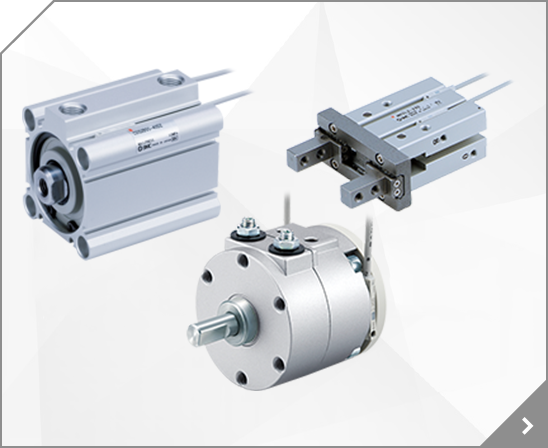
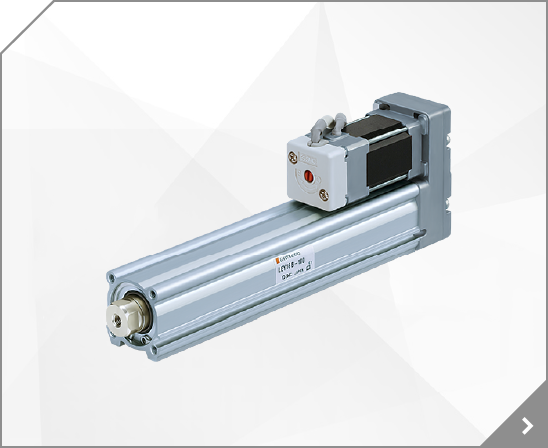
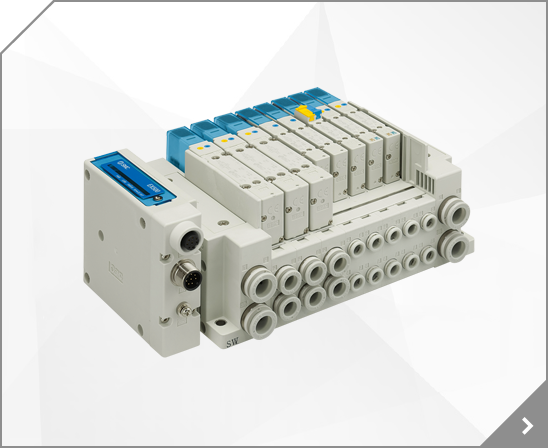
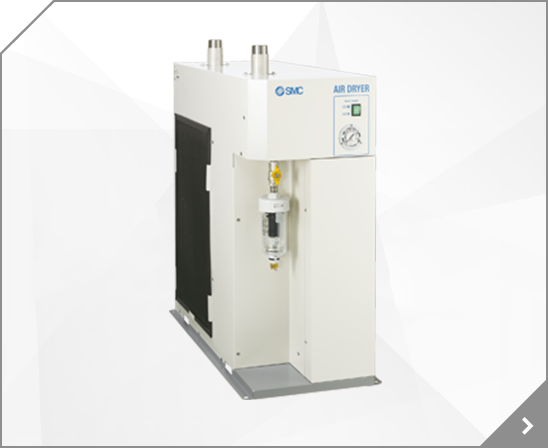
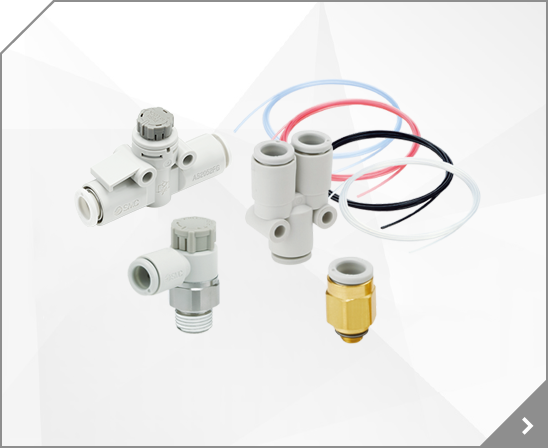

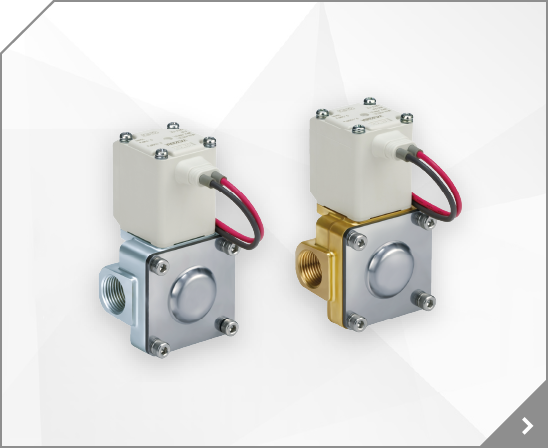

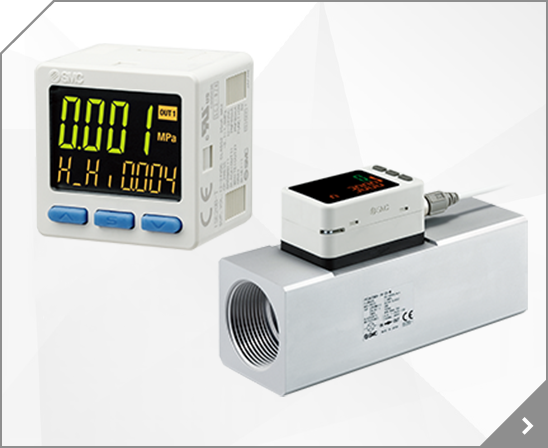
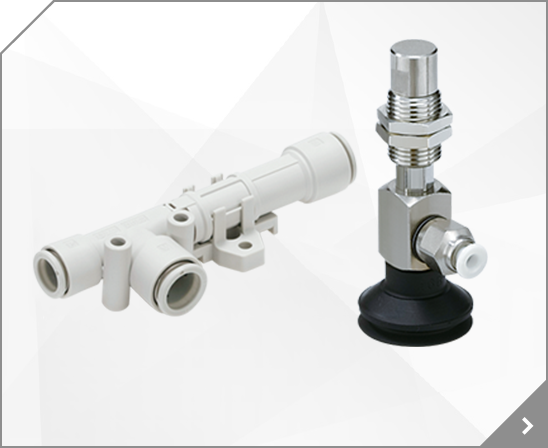

 How To Order: Air Cylinder Series CS2 ø125, ø140, ø160
How To Order: Air Cylinder Series CS2 ø125, ø140, ø160